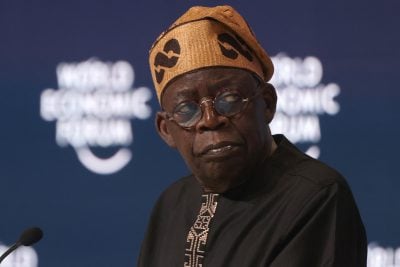While African cities are growing organically, the Chinese government consciously decided that urbanisation should be made a national priority in order to create a workforce for manufacturing and industrial projects.
There were more Chinese people living in urban areas than in the countryside by 2010 and despite a big change of economic strategy in its 2014–20 economic plan, the government is continuing to promote urban immigration. Beijing has set a target of boosting the proportion of people living in cities to 60% by 2020 by persuading another 100m people to move to the cities over the decade 2010-20.
Its new economic priority is to promote domestic consumption and it realises that urban inhabitants simply spend and consume more than their country cousins. While urbanisation has been of great economic benefit, it has come at a great social cost.
Put simply, Chinese people are entitled to free education, health care and other social services only in the area of their birth, which puts them at a disadvantage if they move.
The majority of urban inhabitants in some cities, such as Shenzhen in the south, were born elsewhere, and the differing treatment of locals versus incomers is the biggest source of tension in China today, but receives relatively little attention outside the country.
The government has maintained this discrimination because of the cost of providing the social infrastructure needed. Beijing is now seeking to address the problem but African governments can learn from its mistakes. Most of them may lack the finance to provide infrastructure as people arrive but they can at least ensure that people are treated in an equitable manner in order to avoid exacerbating ethnic and regional tensions.
It is also possible to see how Chinese practice would work in Africa by looking at urban development schemes backed by Chinese companies. Many ventures are funded by the Chinese state as part of its ‘infrastructure for resources’ policy and so are often built along the same lines as in China itself, with less adaptation to local conditions than might be expected from purely private sector developments.
Chinese companies are particularly active in Angola, where they are constructing new city centres on the outskirts of existing cities, thereby getting around many of the difficulties involved in relocating people who already live on development sites.
The Chinese model in practice
National and local Angolan officials welcome such schemes as a means of providing housing for the millions of people who are still without formal housing, a dozen years after the end of the civil war. During the war years, little social housing was built, with the result that about three-quarters of the 4.3m inhabitants of Luanda live in mussekes, or informal settlements.
Five new cities are being built around Luanda alone: Km 44, Musseque Capari, Kilamba Kiaxi, Cacuaco. Cazenge, Sambisanga, Rangel and Zango, while others are either under development or planned around Uige, Benguela, Namibe, Lubango and Malange.
Kilamba Kiaxi, which is located 20km from the centre of Luanda, is the most advanced project to date and carries a total price tag of $3.5bn. Its first phase provided 3.3m square metres of accommodation, covering 5 square km, and incorporates 17 schools and 24 kindergartens, water, power, road and bus infrastructure.
However, many of the housing units in Phase 1 remained unsold for a long time because prices were initially set far too high. The price for a two (three) bedroom apartment at Kilamba Kiaxi is now about $70,000, with rents at $350 a month, which is very much lower than in central Luanda and easily affordable by the middle class but far too high for the vast majority of Angolans.
Want to continue reading? Subscribe today.
You've read all your free articles for this month! Subscribe now to enjoy full access to our content.
Digital Monthly
£8.00 / month
Receive full unlimited access to our articles, opinions, podcasts and more.
Digital Yearly
£70.00 / year
Our best value offer - save £26 and gain access to all of our digital content for an entire year!

 Sign in with Google
Sign in with Google 


